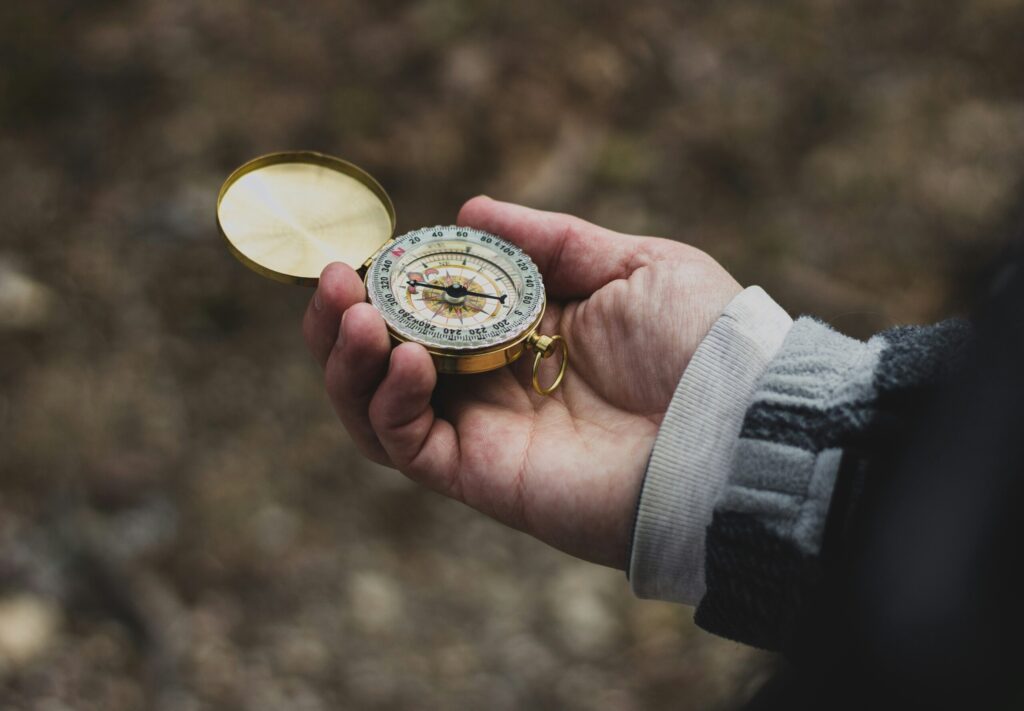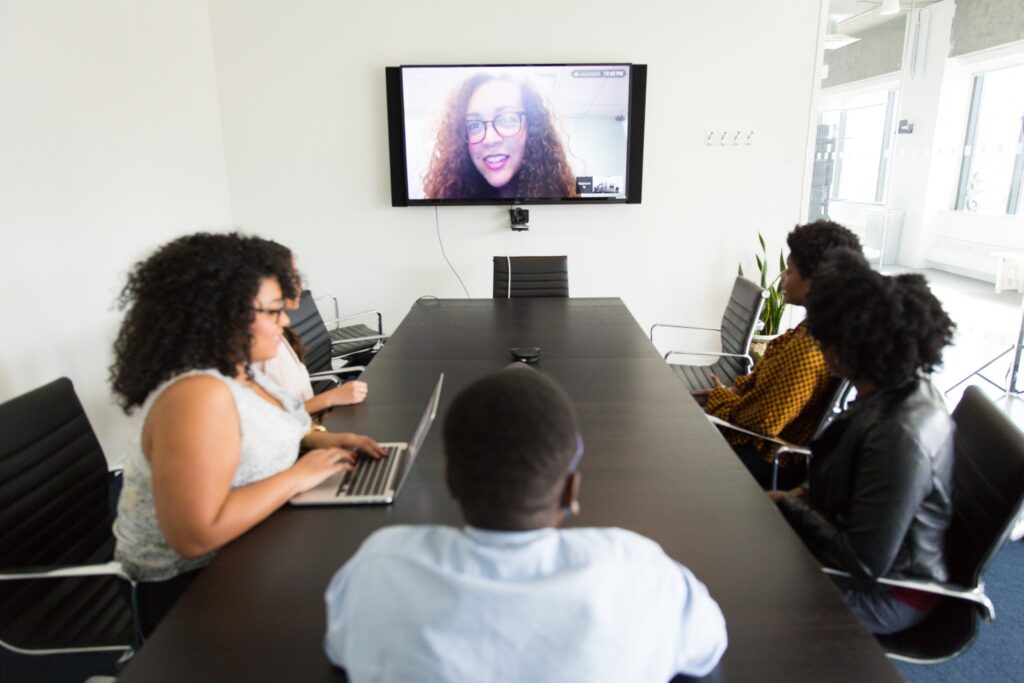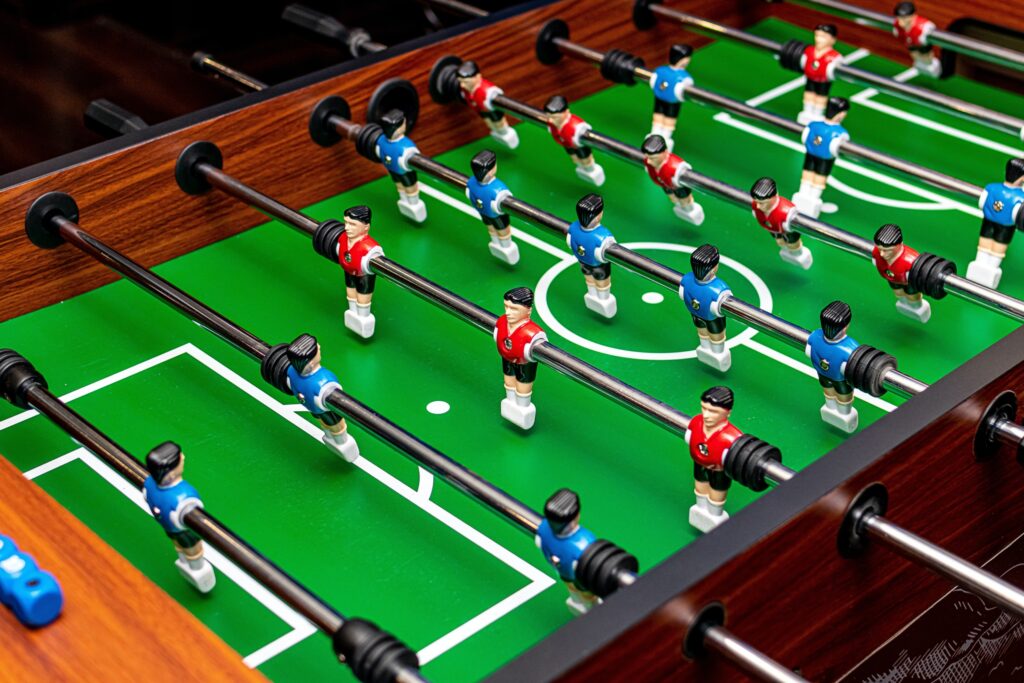The problems we face at work are often huge, knotty problems: how do we make good decisions when we don’t have enough information? How do we move fast enough to keep up with customer demand? It’s tempting to want big, comprehensive initiatives or “silver bullets” to solve them, but this is dangerous for two reasons:
- In complex (that is, highly networked) situations, it’s very difficult, if not impossible, to understand how one change to the system will affect the rest of it—often making the cure worse than the disease.
- Especially in large organizations, any major change will require extensive time and resources to implement—which you may not have in the face of a rapidly evolving market.
Instead, we recommend applying small, quick fixes to learn and improve as you go. Spotify refers to this method as starting with a skateboard—the idea being that a skateboard and a Cadillac will both get you from Point A to B, but one will be a lot easier to build if you’re starting from scratch. Some real examples we’ve seen at companies we’ve worked with include:
- A leadership team was struggling to made decisions because everyone needed to be in the same room at one time, and schedules made that impossible. They cleared everyone’s schedules for a morning, declared it “Decision Day,” and complied a list of decisions that needed to be made before people could leave.
- An HR team at a rapidly scaling startup was concerned that with so many people joining the team, people didn’t know each other any more. Using existing project management software, they created an internal “facebook” to see if people would refer to it—in all of 10 minutes.
- A marketing team thought they needed to assign products to different tiers in order to best distribute their budget. After a few attempts, they realized what they really needed was to have cross-functional discussion around the marketing needs of each product, and to set aside a percentage of the budget for big, unexpected ideas.
How to Create Your First “Skateboard”
- Identify your “customer.” When most people hear “customer,” they think of a person buying a product in a store—but in this case, a “customer” is whomever you’re trying to serve. That might be your manager, a peer in another division, a contractor, and so on. Be as specific as you can about whom you’re trying to help.
- Think about the assumptions you’ve made about your customer. What do you believe to be true about your customer’s needs, or the market, but have not confirmed?
- Select the riskiest assumption. Out of all the assumptions you’ve identified, which is most critical—that is, if it is not true, the rest of your experiment will not work?
- Determine how you could test that assumption in a low-risk environment. What is the fastest, cheapest way you could find out if your assumption is correct? Sometimes, the easiest way to do this is to think about the “perfect” way to test the assumption, and then build a smaller version of it. You may also hear this referred to as baking a “cupcake” instead of a wedding cake, or building a “Minimum Viable Product” (or even “Minimum Lovable Product.)
- Build your skateboard. To determine if your skateboard works, identify who needs to be involved, what supplies are needed, a timeline for experimentation, and key measures—how you can determine whether or not your assumptions were valid.
- Test your skateboard. Based on your plan, take your skateboard for a test ride and collect data. You’re not looking to “succeed” or “fail”—instead, the results will validate or invalidate your assumptions. In fact, invalidating an assumption can end up being far more useful, as it will prevent you from wasting time and money on ideas that are dead-ends.
- Get to “scooter”. Continue to test other assumptions (starting with the next riskiest). If your assumptions are validated, it may be time to move to a “scooter”—that is, improving the fidelity of your solution. If you find your assumptions invalidated, no worries! Just build another skateboard.
Download our Skateboard worksheet to help your team create their first skateboard.













